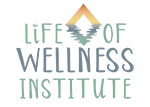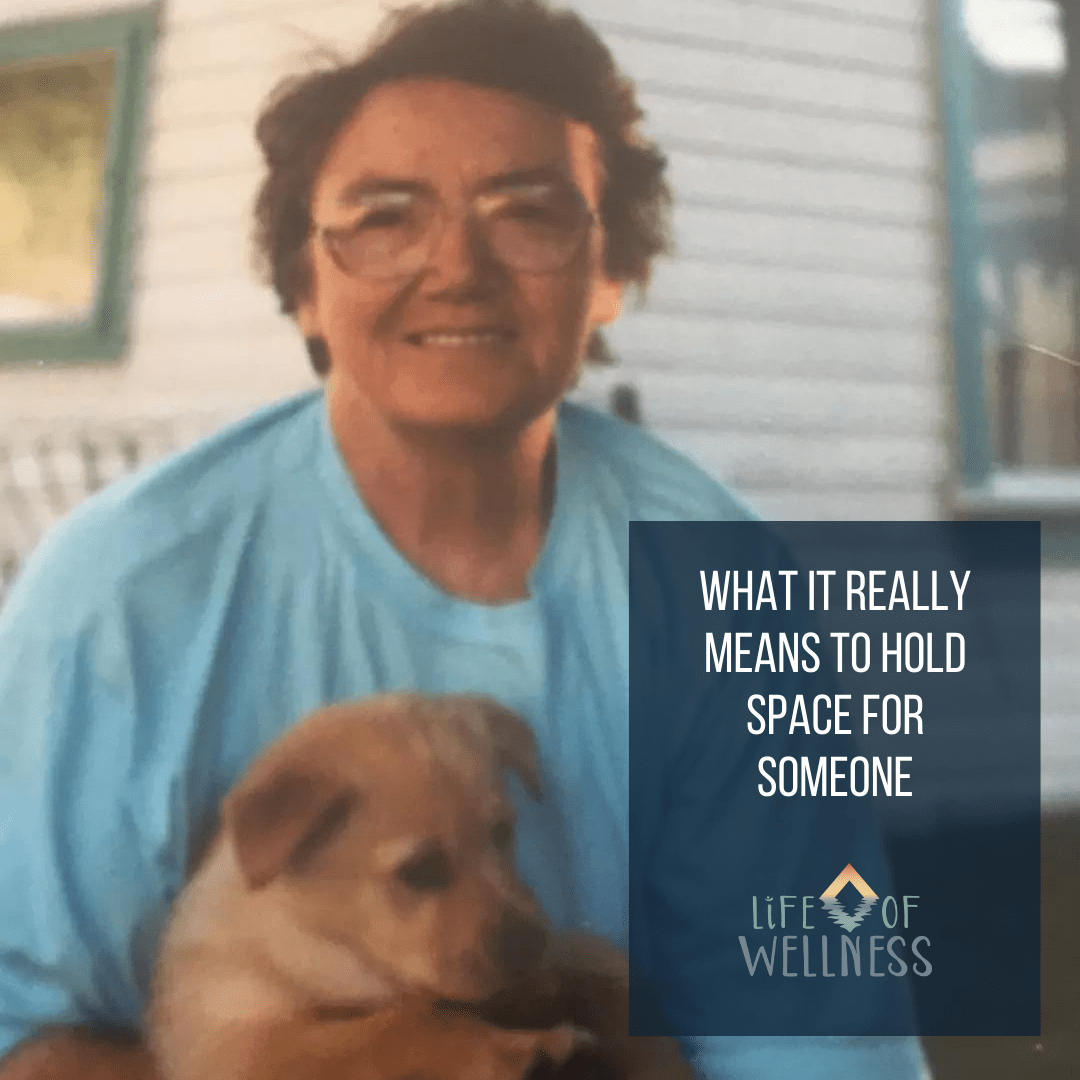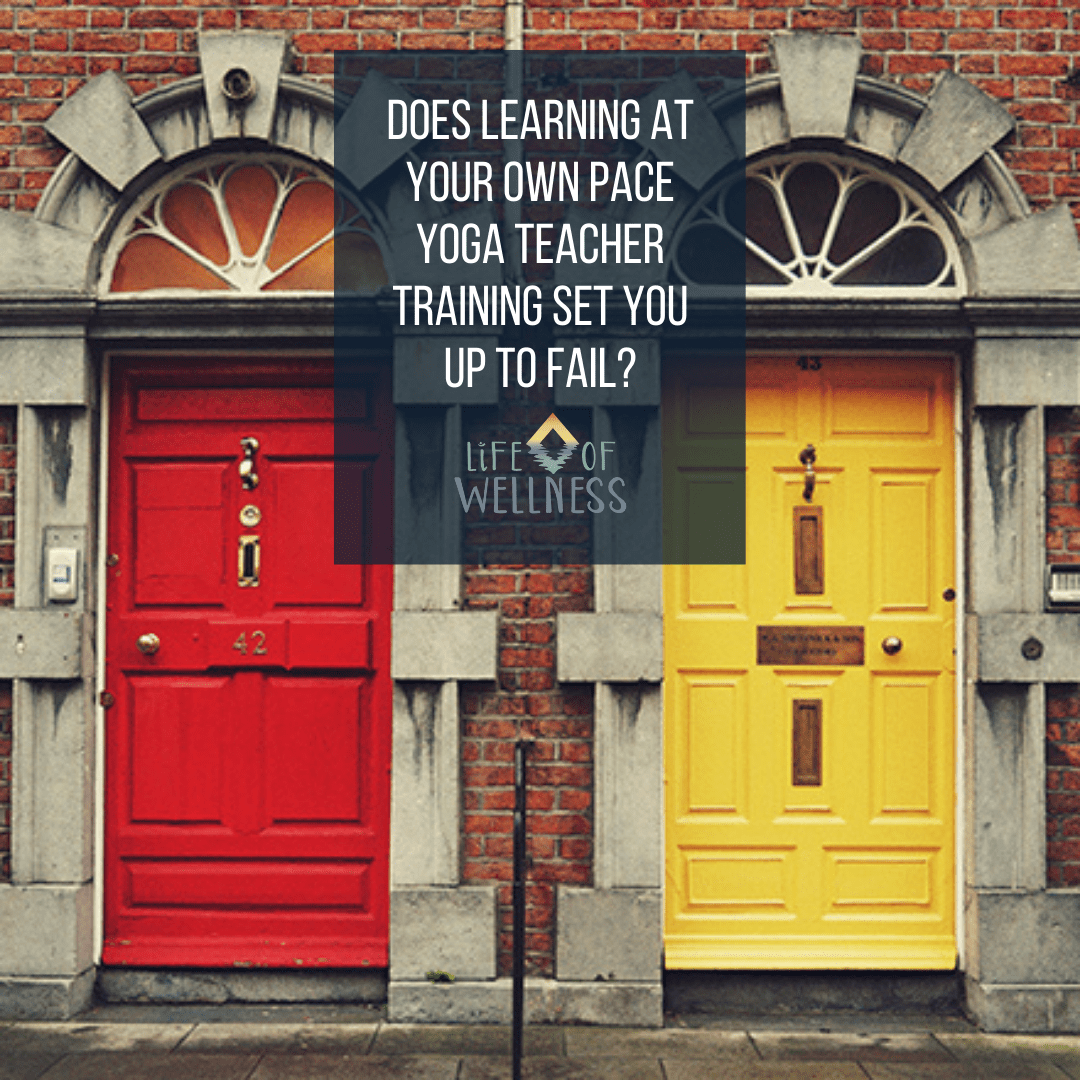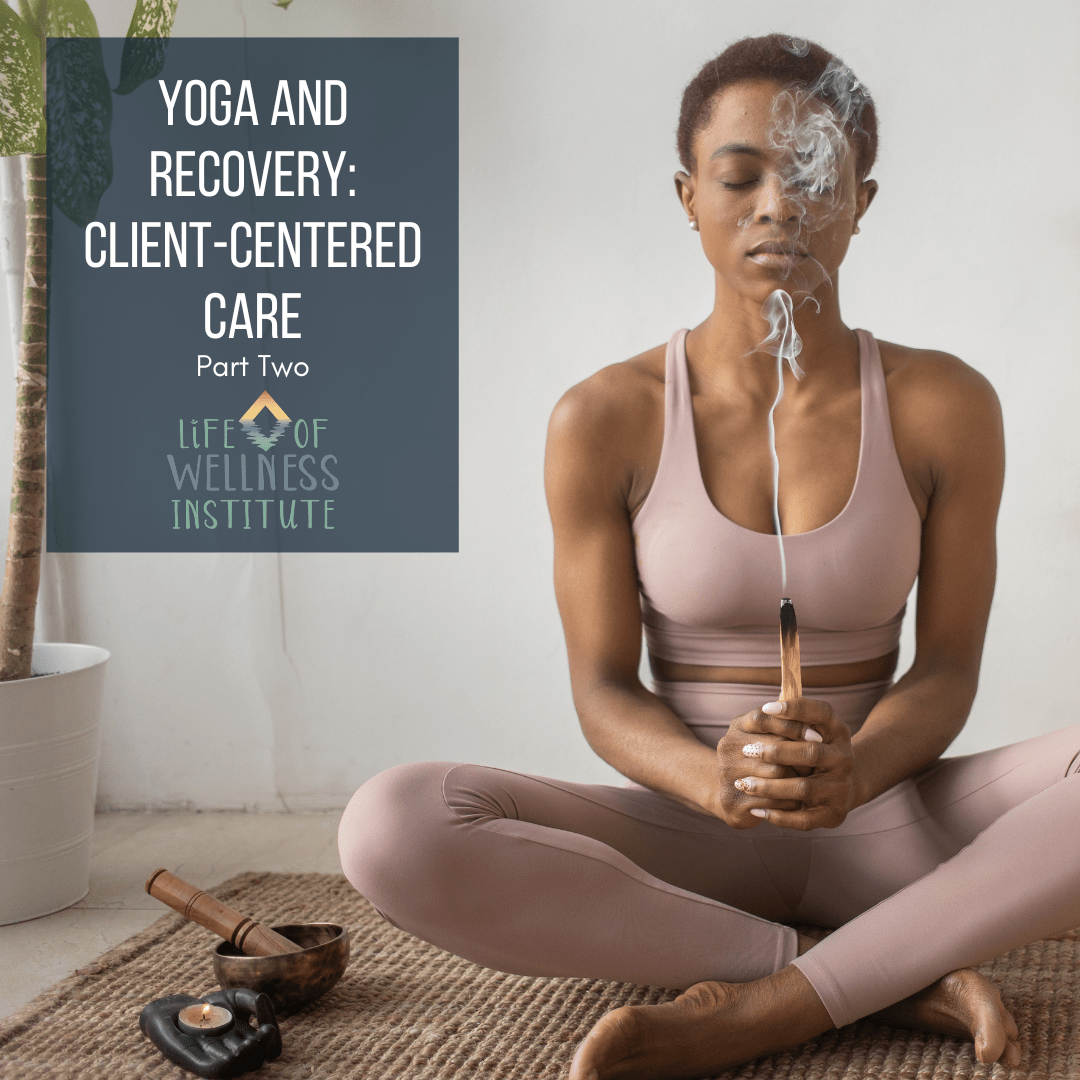Should we be resilient? Or human?
I am a human being. And until recently, I didn’t understand what that meant. This is my story of discovery, nervous system regulation, and my battle with the myth of resilience.
The Backpack of Bricks
There was a moment in my childhood when playful curiosity faded, and I began carrying the weight of PTSD. Layer by layer, I added expectations, judgments, and trauma responses to my life—each one a brick in my backpack. Year after year, decade after decade, I built and carried this invisible load.
Every moment of my life was filtered through that backpack. My goals, whether personal or professional, were shaped by the weight of those bricks. Even when I succeeded, I saw only the imperfections. And when I failed? I added more bricks.
The backpack grew heavier, denser, and harder to carry. Eventually, it became impossible.
The Fall
As you can imagine, the load became unbearable. When I could no longer carry it, I fell—backpack and all. It was like tumbling down a mountainside, leaving me bruised, disoriented, and exhausted. My mind told me to give up, that I couldn’t go on.
It was here, in that moment of surrender, that I first touched my humanity. I had spent years believing it was my job to carry that load alone—that if I just worked harder, I could fix myself. I thought something was wrong with me because everyone else seemed fine. Logically, I knew this wasn’t true, but trauma doesn’t care about logic.
The irony? I spent so much time trying to prevent others from this fate that I overloaded myself with their burdens, too.
Waving the Flag of Surrender
Surrender felt like giving up on the version of myself I thought I had to be. For decades, I believed I had to bear everything alone. But to surrender meant sharing my broken self with someone who could help. It was terrifying. I had resisted it for so long.
Taking that step took every ounce of strength I had left. I never thought I’d make it, but somehow, I found the courage to take one small step forward.
The risk was worth the discomfort. I learned I have PTSD (post-traumatic stress disorder). For the first time, I stopped adding bricks to my backpack. Instead, I asked for help. For the first time since I was five, I returned to that playful, curious child.
Breaking Through the Surface
Over ten months of EMDR therapy (eye movement desensitization and reprocessing), talk therapy, and deep reflection, I began to unpack the bricks. I examined each one with curiosity and compassion, asking:
How did this brick form? Was it a story my mind created to cope?
How did it impact my body, emotions, and energy?
How did it shape who I thought I was—and who I allowed myself to be?
This wasn’t a process to rush. I took breaks when I needed them. I learned to work with myself, not against myself. Slowly, the weight of my past became easier to carry.
I Am Not “Resilient”
Society tells us to be resilient—to recover quickly, reframe our pain, and find gratitude in everything. I bought into this narrative, hook, line, and sinker. And it nearly drowned me.
The definition of “resilient” is “able to withstand or recover quickly from difficult conditions.” But why does speed matter? When did we start measuring our worth by how fast we bounce back?
For those of us with PTSD, recovery isn’t linear or quick. It’s messy, painful, and deeply human. Telling us to “withstand” or “recover quickly” isn’t just unhelpful—it’s harmful. Some things aren’t meant to be withstood.
Breadcrumbs, Not Resilience
Do I still carry my backpack? Of course. I’m human. My mind still spins stories to make sense of fear, and I still feel the weight of societal expectations.
The difference is that I now have tools to lighten the load. Sometimes I forget they’re there, and that’s okay. It’s part of being human.
I’ve set a trail of breadcrumbs for myself—reminders to pause, breathe, and care for my nervous system. For me, this is what resilience looks like:
Calendar reminders to take time for myself.
Self-care rituals that ground me in the present.
Moments in nature that remind me I’m part of something bigger.
Now, my backpack holds hiking gear, a good book, and a blanket—tools that support me, not weigh me down.
I Am Human
Being human means balancing opposites: work and rest, strength and vulnerability, joy and sorrow. It means making mistakes and celebrating successes. It means evolving, breathing, and being perfectly imperfect.
At LOWI, we train teachers to honor this humanity—in themselves and their students. Because healing isn’t about resilience. It’s about listening to your nervous system, one breath at a time.
If you’re ready to unpack your own backpack, we’re here to help. Our trauma-informed training teaches you to honor your humanity—and guide others to do the same.
Continue reading Life of Wellness Blog
Disclaimer:
No content on this site, regardless of date, should ever be used as a substitute for direct medical advice from your doctor or other qualified clinicians.





Thank you for blogging about “what it really means to hold space for yourself”. That is a powerful message about cultivating self-awareness. I had an experience in the middle of the night, last night, and I now realize that what was happening, was that – I was holding space for myself. And, when I held space for myself, magic happened, I became even more aware of my unique needs.
This warms my heart more than I can possibly say. Thank you so much for sharing yourself and your experience. I honor you for taking this time, for loving yourself so deeply to really listen in to what you needed at this moment.